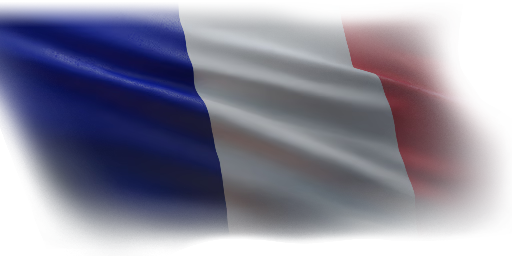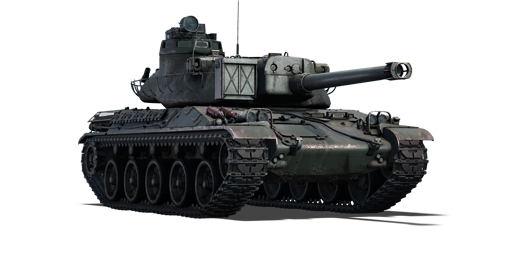The AMX-30 Anti-Char Rapide Autopropulsé (ACRA) is a unique modification of the AMX-30B (Model 1972), which is the second variant of the AMX-30 main battle tank family. The ACRA research and development program was initiated in France in 1961 and was designed as a supersonic anti-tank guided missile (ATGM) that could be deployed in any of the French Army's tanks. Due to the large associated expenses, state financing for the program was terminated by the last stage of testing the laser guiding system (which was the first of its kind in the world). GIAT, on the other hand, continued work at its own expense, hoping for future government orders. Engineers chose the AMX-30B (1972) as the missile's platform. Among the main turret equipment were a new smoothbore tank gun launcher, a sight, and an electronic guidance device. By 1974, field testing of the weapon platform was successful, but it was not accepted and placed into service. The key concern is the expensive cost of missile targeting technology, as well as the difficulties of using guided missiles in the absence of a tank gun. Instead, the HOT ATGM system, which was nearing completion at the time, was given priority.
Introduced in Update 1.93 "Shark Attack", the AMX-30 ACRA is a special tank that can fire barrel-launched ATGMs, a characteristic not often found in Western main battle tanks. It is incredibly difficult for the enemy to avoid getting hit by the ACRA ATGMs due to their fast flight speed. However, as the ACRA ATGM requires the player to provide continual guidance during flight, the enemy may have a longer time window to return fire. Furthermore, while the fast flight speed of the ACRA ATGMs makes playing on larger maps much easier, firing at close to mid-range targets may be challenging due to the difficulties of making corrections in mid-flight. Nonetheless, it is a unique vehicle for players to experience when playing the French Army ground forces.















